TEL AVIV — Over the past week, Prime Minister Benjamin Netanyahu and other Israeli officials have signaled a paradigm shift in the way the country wages its nearly nine-month war in the Gaza Strip: a new and less intense “phase” in the fighting.
Israel has billed the new tactics as a sign of success aimed at freeing up personnel and equipment for the country’s northern front, where the fight with Hezbollah, an Iran-backed militia based in neighboring Lebanon, has been heating up so much that the U.S. is readying to evacuate its citizens.
But for some, the transition has also been seen as a tacit admission that Israel’s dual — and at times dueling — military objectives in Gaza are impossible to achieve in tandem. That destroying Hamas and freeing the remaining Israeli hostages in Gaza cannot be done together and that Israel’s attempt to do so has left both goals unrealized.
“Whoever defined these goals should have thought about the conflicting nature of that,” said a former senior Israeli military officer who asked to be quoted anonymously so that he could speak candidly about ongoing Israeli military policy.
“They didn’t understand that the hostages are limiting their operation. And the hostages’ clock is not synchronized with the time needed to dismantle Hamas,” the former officer said.
The notion that the two goals are tactically opposed has played into Israeli public discourse for months. Protesters demanding the hostages’ release at any price have repeatedly squared off against Netanyahu’s right-wing allies who have rejected a deal that doesn’t completely finish the militant group off.
Giora Eiland, a retired major general and former head of the Israeli National Security Council, described the next phase as a reduction in the number of Israeli armed personnel in Gaza and a withdrawal to two main Israel Defense Forces-controlled corridors: The Philadelphi Corridor that forms Gaza’s border with Egypt and a central east-west corridor farther north that bisects the enclave.
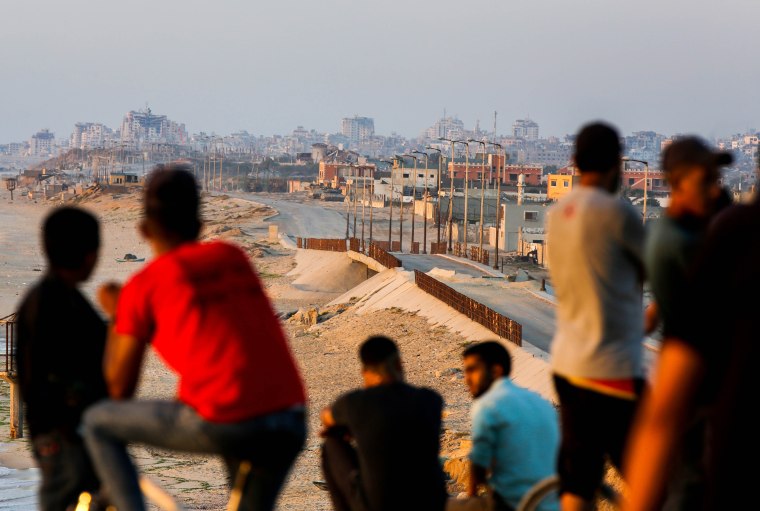
Israeli forces will also wait along the Strip’s perimeters in a kind of buffer zone that has already been cleared of buildings and trees, Eiland said. From those positions, they will be able to execute more surgical operations aimed at specific Hamas operatives and installations — an extended effort that will require far fewer soldiers, he added.
“We will continue to have forces in Gaza; we will continue to strike. This is something that we will not stop,” Eiland said. “But in practical terms it means that we have given up the first goal, the full collapse of the regime of Hamas.”
Israel’s public messaging regarding the transition began Sunday, when Netanyahu told Israeli television that the “intensive phase” of the war in Gaza was coming to an end, although he insisted it would not end until control of the enclave was removed from Hamas.
The following day, Defense Minister Yoav Gallant told Amos Hochstein, the White House official tasked with trying to ease tensions on the Israel-Lebanon border, that Israel would soon transition to a more moderate “Phase C” of its fight in Gaza.
Israeli Army Radio subsequently reported that the military would turn toward conducting isolated raids once it has fully defeated Hamas’ Rafah Brigade — the Hamas units fighting in Gaza’s southernmost city, where Israel has focused its fight for weeks.
The conversation was complicated further when IDF spokesperson Rear Adm. Daniel Hagari said that “anyone who thinks we can eliminate Hamas is wrong.”
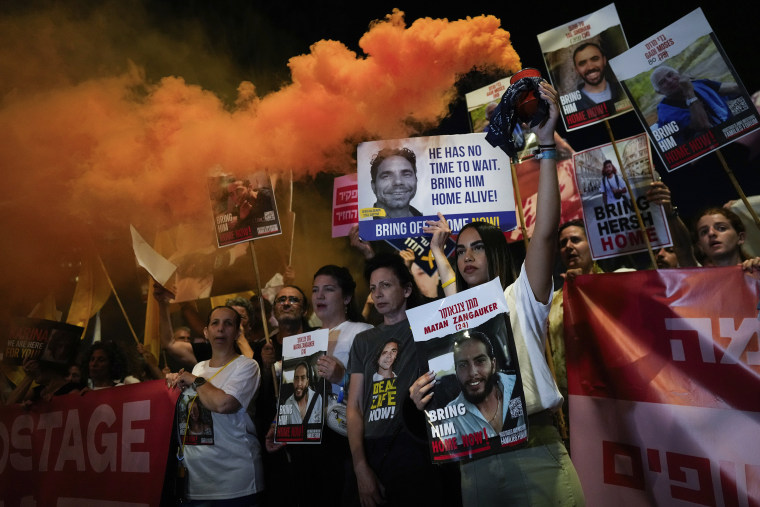
Hagari and other government officials quickly walked those comments back, specifying that they referred to Hamas’ indelible ideology rather than its combat capabilities.
Hamas leaders pounced on the comments nonetheless.
Ghazi Hamad, a senior Hamas official based in neighboring Lebanon, told Al Jazeera on Wednesday that they amounted to a “frank confession” that will “convince the international community that the Hamas movement will remain in the political scene, and will be a permanent part of the social fabric and the fabric of resistance.”
Yet the new “phase” or “stage” in the fighting is also part of long-established Israeli war plans, and transitioning to the new phase has been announced before.
Hagari, the IDF spokesperson, announced a similar shift in the northern part of the Gaza Strip in January. But Israeli airstrikes and fighting throughout the coastal enclave are unrelenting.
In a possible preview of the next “phase,” the IDF said in a statement Friday that it was conducting airstrikes and “targeted activity” in the Shujaiya neighborhood in Gaza City, in the north of the Strip. Palestinian health officials said at least five people were killed.
In practice, the war’s new phase may end up bearing a strong resemblance to a more familiar nearby conflict: Israel’s operations in the occupied West Bank, a Palestinian enclave separate from Gaza that was seized by Israel in the 1967 Six-Day War against its Arab neighbors.
There, the IDF maintains a constant and pervasive troop presence, launching isolated and often very deadly raids on specific targets. Even before Hamas’ Oct. 7 terror attacks sparked the latest round of fighting in Gaza, the United Nations said Israeli forces killed more Palestinians in the West Bank in 2023 than in any previous year since records began. That number has since spiraled even higher: Israelis have killed more than 500 Palestinians in the West Bank since Oct. 7.
But the insurgency in the occupied West Bank has remained broadly the same since the second intifada, or uprising, in the early 2000s — a period that claimed thousands of lives.
More than 20 years on and that model of conflict has not seen any “transition” between different “phases,” either for better or worse. It stubbornly persists with no obvious end in sight.

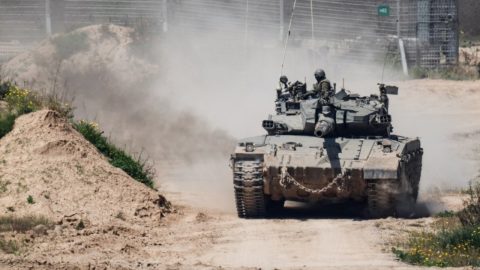
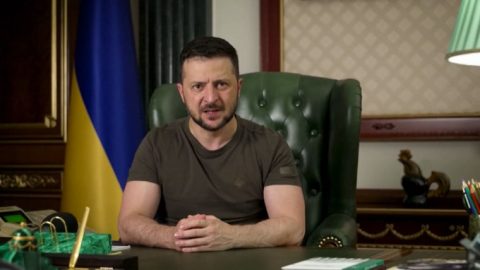

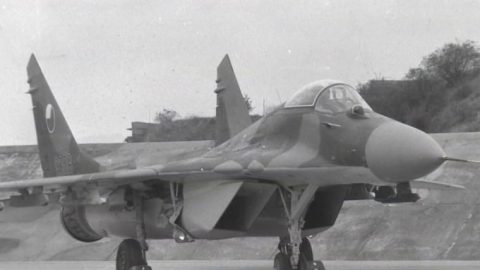
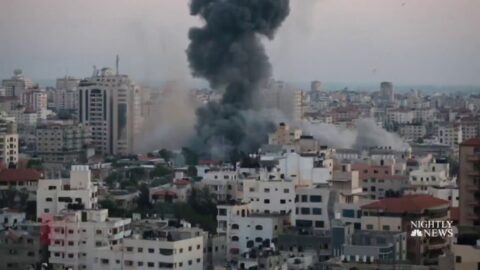



Recent Comments